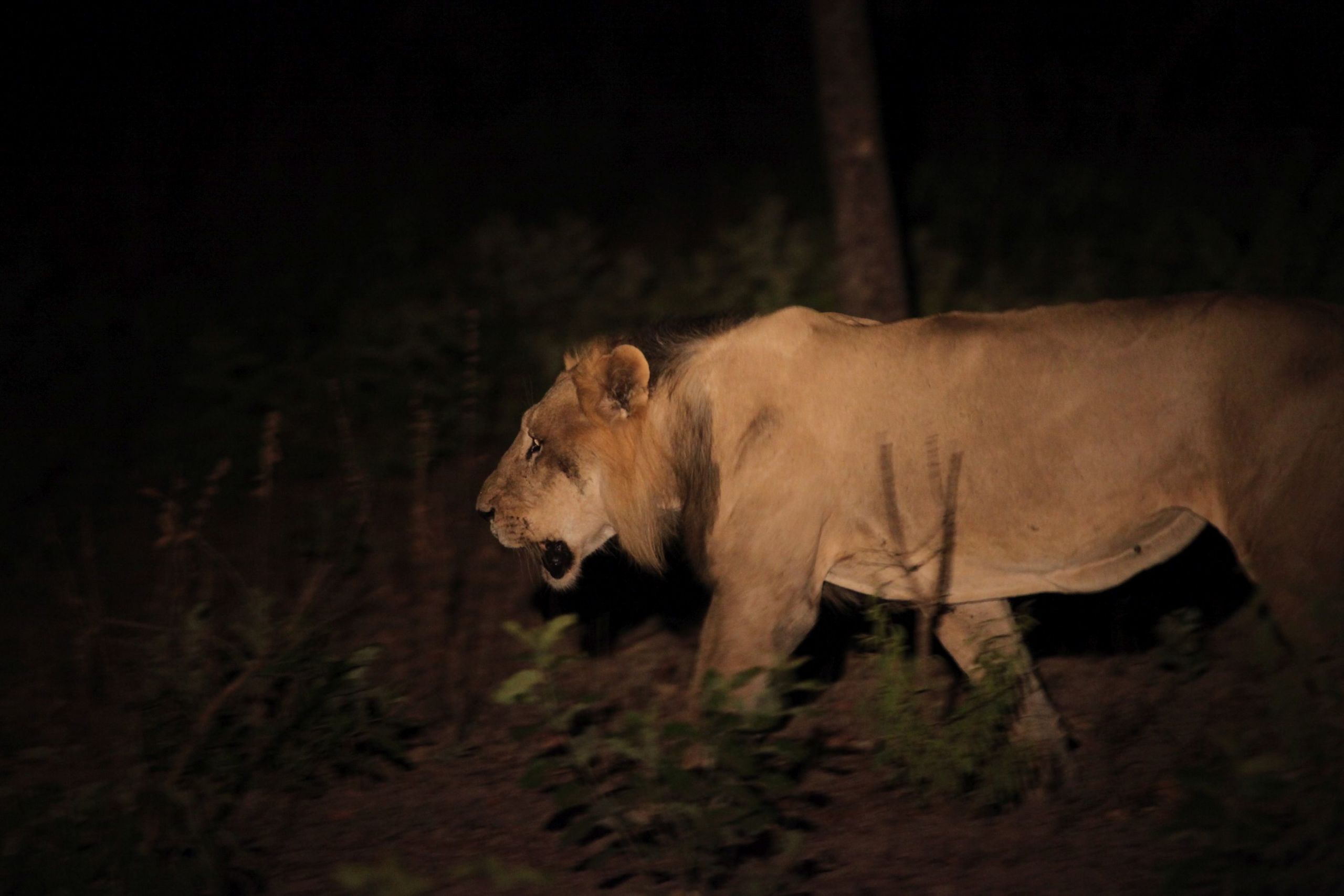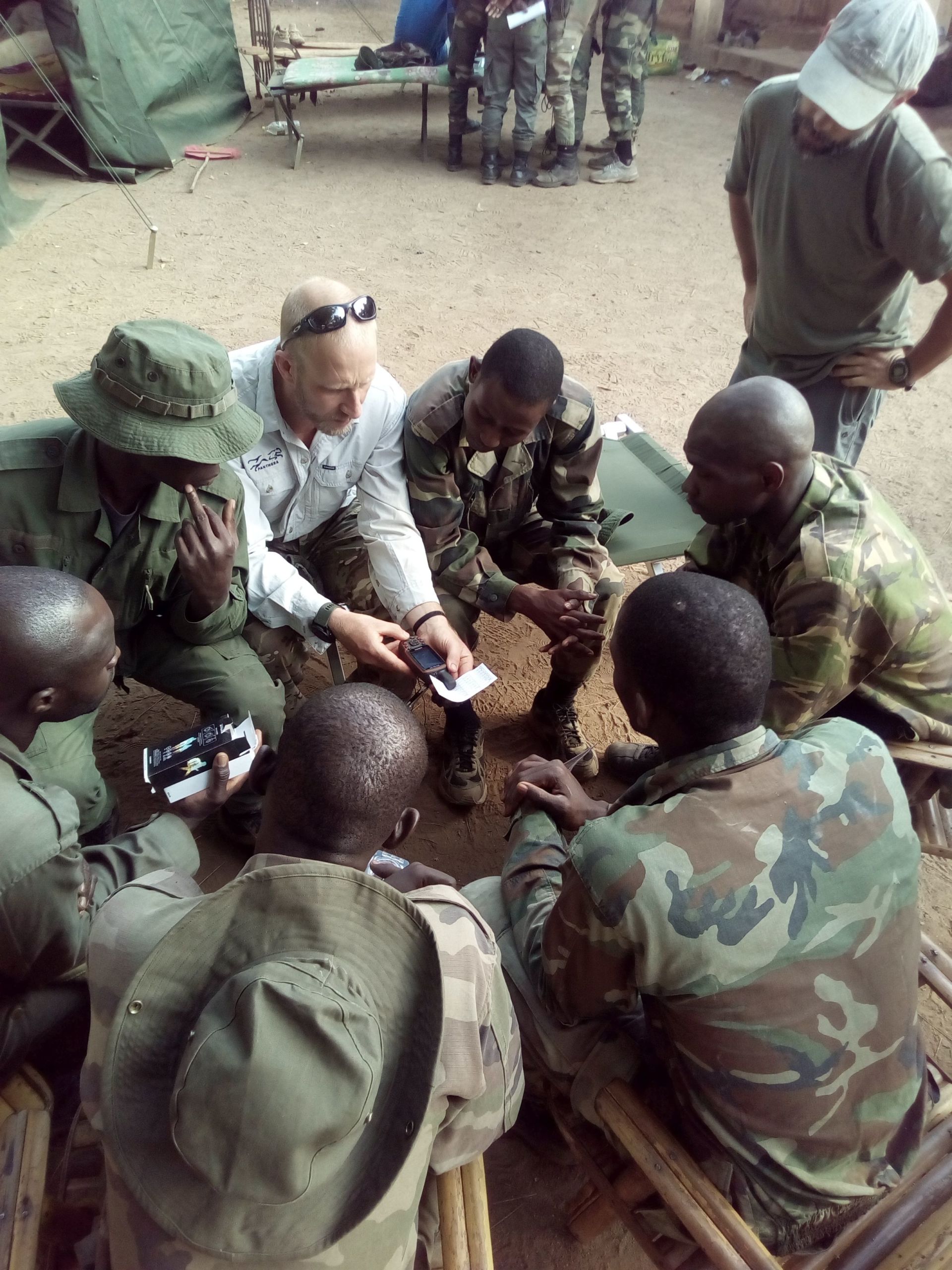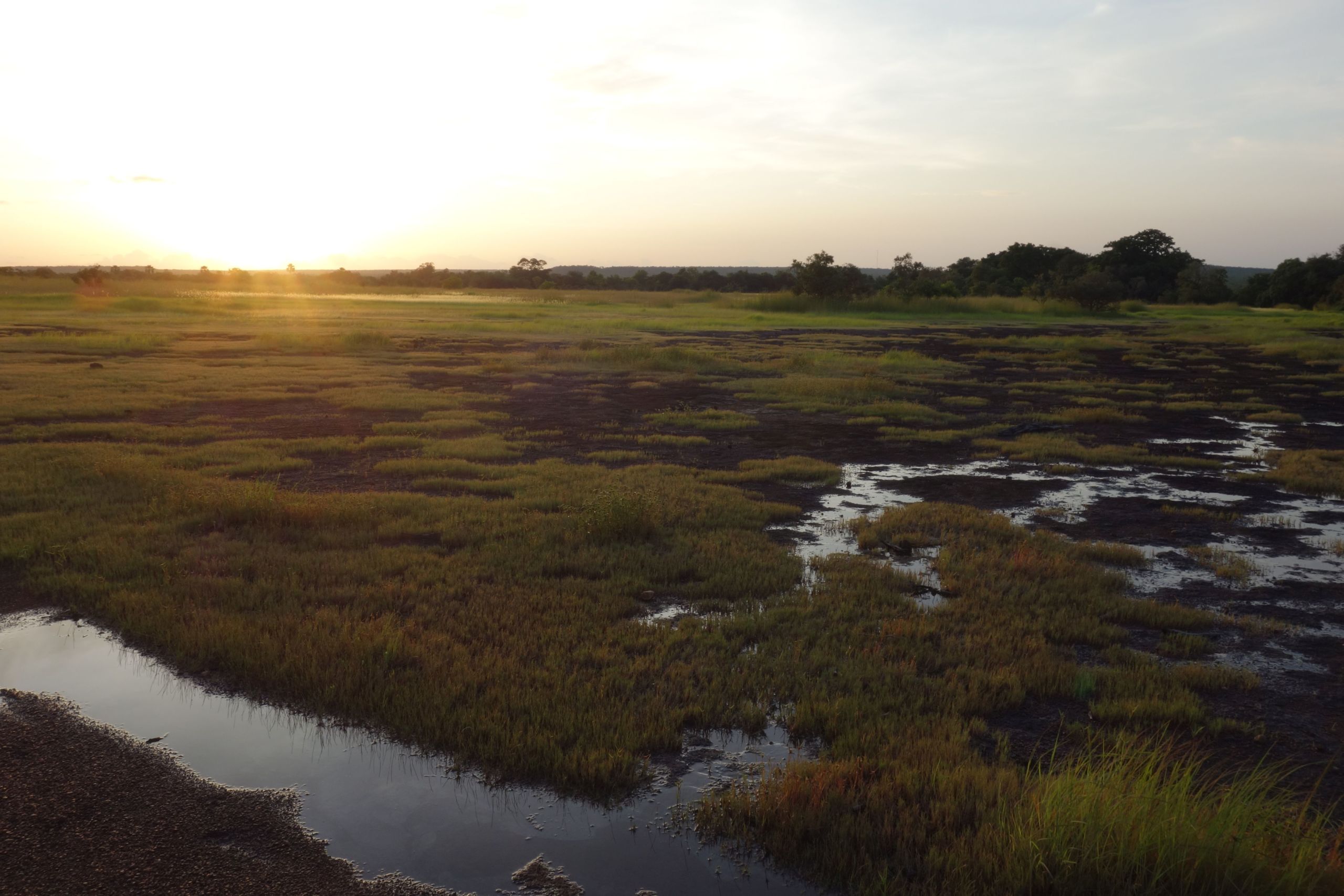For better user experience, please use another browser.
Blue & John Crow Mountains National Park, 28856; Blue & John Crow Moutains World Heritage Site.
METT Scorecard 2015/16 and National Park Management Plan 2017/18 – 2026/27
Decrease encroachment through boundary marking, improved enforcement & compliance programme, enhanced community awareness and sustainable livelihoods opportunities and forest restoration.
The activities of this project are divided by three main areas of work:
1. Boundary Marking (at key areas): Install firebreak, small signs, paint on trees, ribbon of trees (where there are no trees) and forest restoration in deforested areas immediately behind the boundary. This work will be focused on the most encroached boundary (on the southern slopes of the Blue Mountains). The same small signs and paint on trees will be placed along other boundaries that are easily accessible. GPS tracking will be used to ensure the park staff install the signs/symbols at the correct locations. This activity will be implemented by the Park Manager and Ranger Corps.
2. Enhanced Enforcement & Compliance Programme: improve/expand Ranger Stations; Procure & use: vehicles, equipment & gear including camera traps and drones and other technology; Conduct Ranger training. These activities will enhance the ability of National Park Rangers to promote compliance and deter against illegal activities in and around the National Park.
3. Raised community awareness, knowledge and Improved sustainable livelihood practices: Involve community members and volunteers in work of the National Park; Community Outreach activities e.g. fairs, public education; Sustainable Livelihoods and National Park management training. In addition, there will be a strategic effort to improve communications and facilitation of sustainable livelihoods based on lessons learned, studies conducted over the last three years and best practices.
The vehicles, equipment and gear will significantly enhance the efficiency and effectiveness of management of the National Park and protection of its core Preservation Zone, which is a World Heritage Site. In particular, it will ensure greater presence of the National Park Rangers and improved observation of any breaches of the protected area or other environmental legislation. Along with the more organised training of the National Park Rangers and the improved Ranger Station conditions, this will improve the morale within the National Park Ranger Corps. The boundary marking, particularly along the most encroached boundary, will result in the improved visibility of the boundary, making it easier to defend and for local farmers to obey, therefore reducing encroachment. There will also be activities aimed at addressing land tenure in the area, with other additional funding. Reduced encroachment and consequently reduced damage to the forest within the boundary as well as restoration of forest on degraded land inside the National Park boundary will improve the conservation of biodiversity and ecosystem services in the area. The community outreach and facilitation of sustainable livelihoods is aimed at changing behaviour as we have found from recent studies that community members are quite aware of best environmental practices however they require more of an on-going, mentoring approach in addition to incentives and enforcement action.
Download the project infofiche.
Green Jamaica JCDT and Blue Mountain National Park
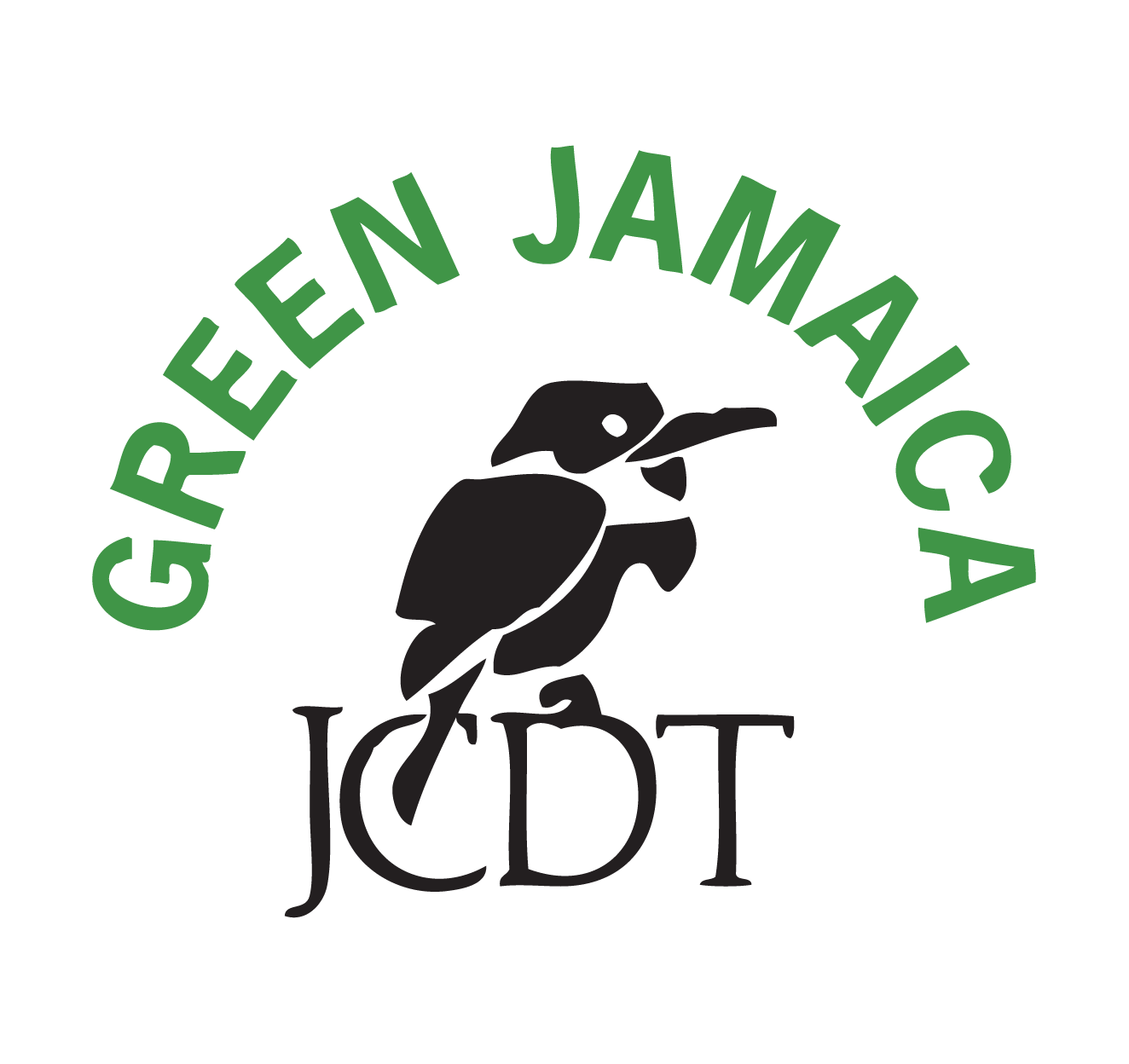
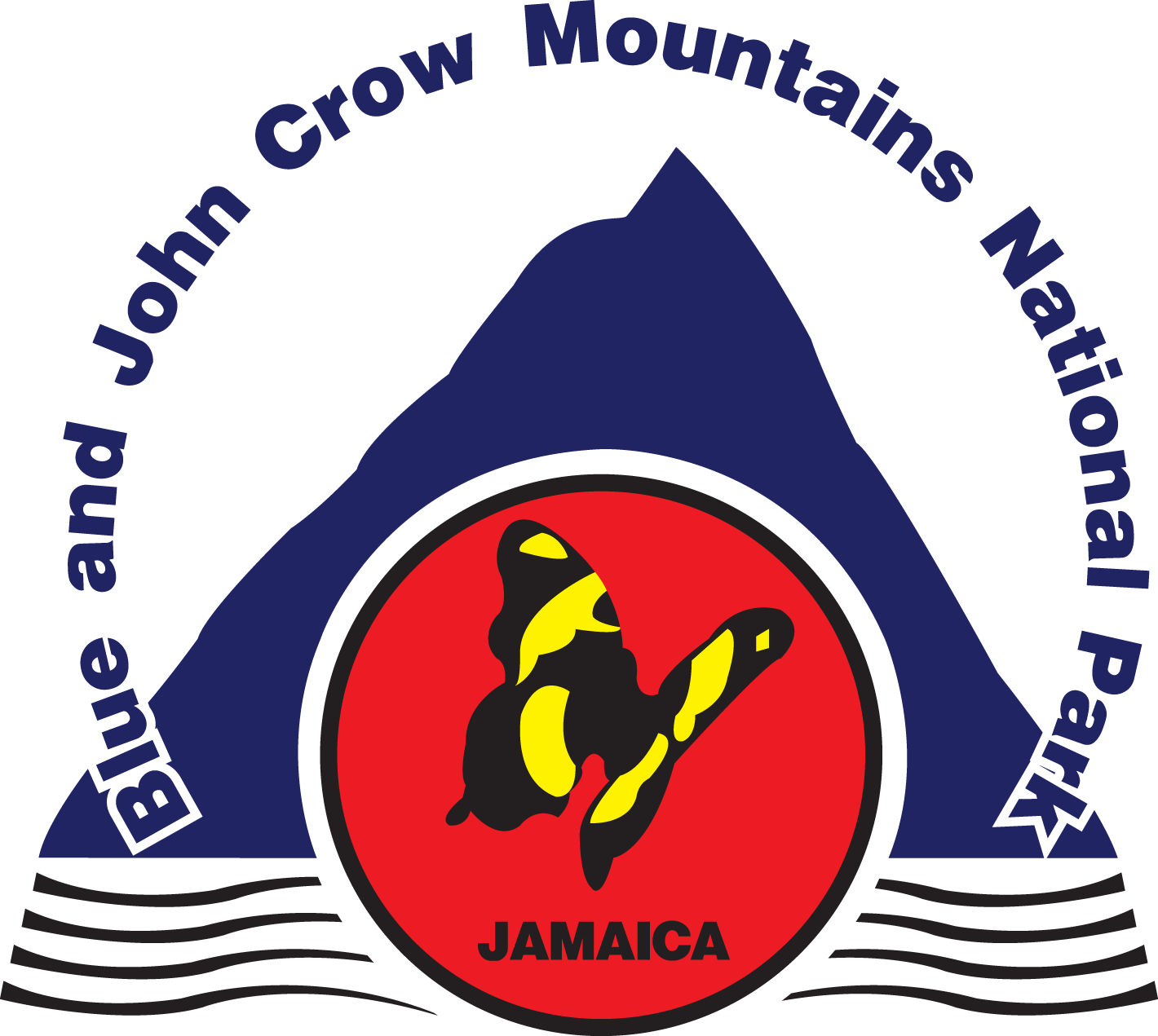
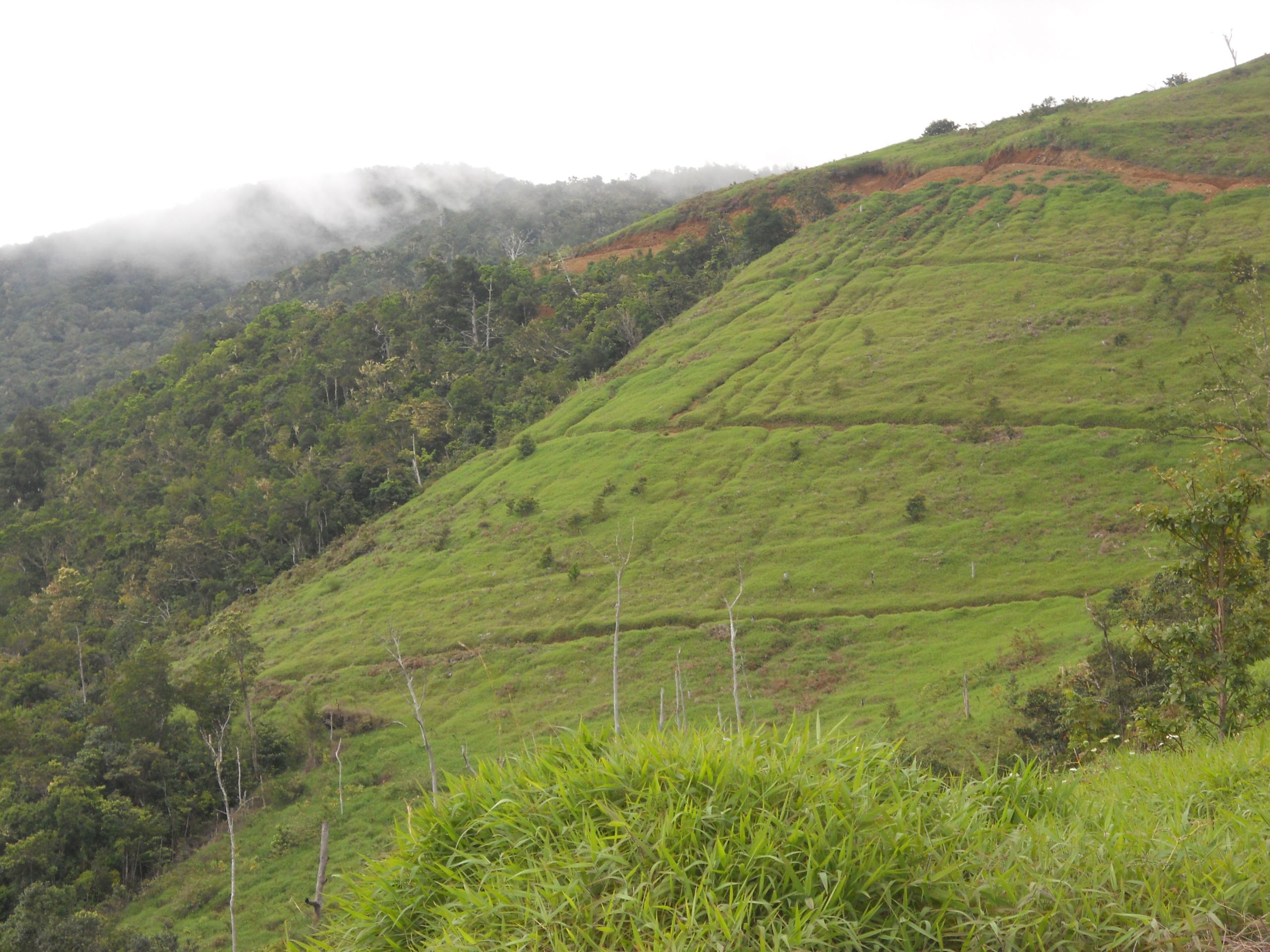
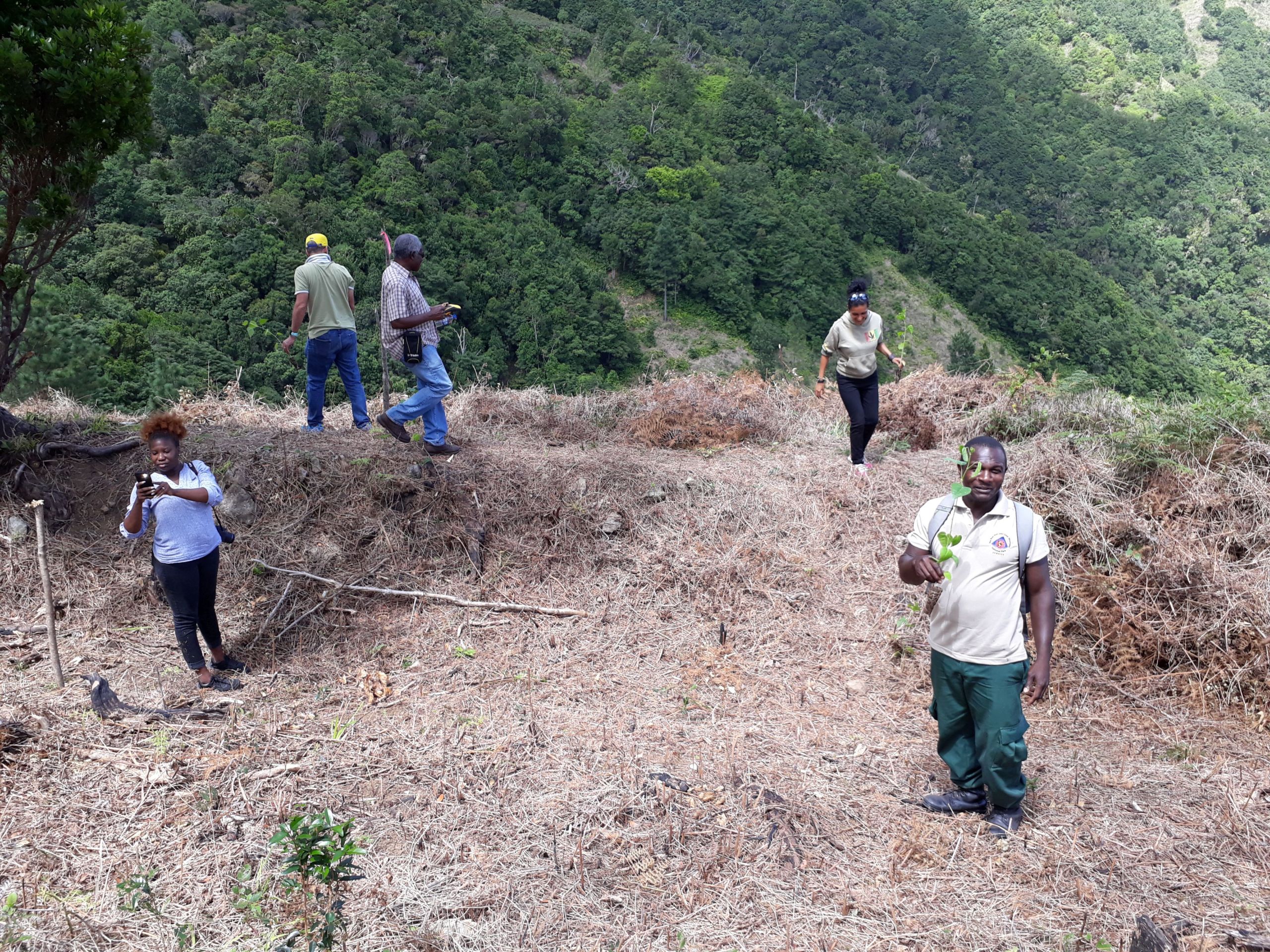
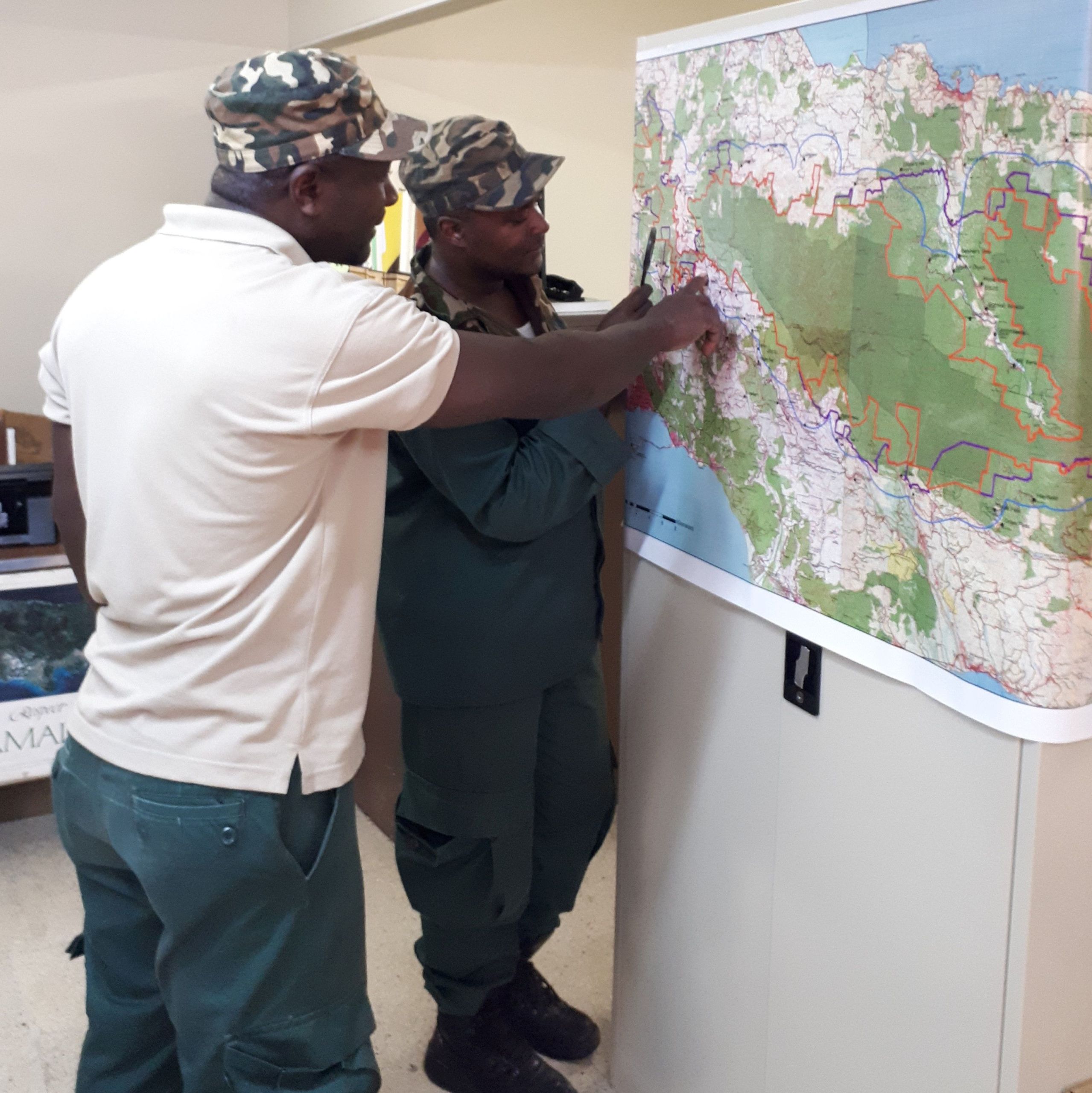
Lac Sofia, Ramsar Site, Wetland of International Importance, 555624846
Madagascar is a global conservation priority due to its high level of species endemism and the magnitude of threats to its biodiversity. Extreme poverty, exacerbated by rapid population growth and climate change, are accelerating environmental degradation. Since 1960, over 60% of Madagascar’s wetlands are estimated to have been lost. Those remaining are subject to an array of pervasive threats including sedimentation, pollution and overharvesting. The Lake Sofia catchment in north western Madagascar is home to a wealth of threatened biodiversity and supports the livelihoods of some 10,000 local people, who rely heavily on the natural resources and ecosystem services provided by the lake. Unsustainable farming practices, burning of land for cattle grazing, and the over harvesting of natural resources have severely degraded the lake. These challenges are compounded by the site’s vulnerability to extreme weather events, which are predicted to increase in number and severity over the coming years. The responsibility for the management of the lake has been transferred to local communities, with nine community structures in place across the catchment, all working together under a Watershed Management Group. These new structures are laying the foundations for a sustainable community led management system for the Lake Sofia catchment, but they require further support to enable them to operate independently in the future. Lake Sofia is one of twenty Ramsar Sites in Madagascar. Few have Ramsar Site Management Plans and conservation managers have little support to generate information on the condition of, and threats to, their sites. An effective, standardised approach for assessing the management effectiveness of protected wetlands is required in order to generate a baseline for the national comparison of sites and help monitor conservation progress and changes to threats. A National Ramsar Committee (CONARAMS) does exist in Madagascar but has no funding nor a plan of action, so it has been effectively dormant for several years. This has resulted in missed opportunities to influence decisions around planning and regulatory frameworks around wetland systems. A strong and well organised committee is essential for ensuring vitally important wetland systems are represented in the future.
The project aims at enhancing biodiversity, livelihoods and climate change resilience through improved management of protected wetlands in Madagascar. More specifically, the first objective is to strengthen the capacity of community associations to implement an agreed community based management plan at the Lake Sofia Ramsar Site and surrounding catchment, tackling the highest ranking threats of over harvesting of natural resources, habitat clearing through over burning, and water extraction and pollution from unsustainable agriculture. The second objective is to build capacity within Ramsar Site managers and the National Ramsar Committee (CONARAMS), providing a baseline of conservation management effectiveness through diagnostic tools (notably Ramsar Management Effectiveness Tracking Tools/ METTs) which informs a consolidated CONARAMS action plan and training and support for Ramsar Site Managers to plan for long term climate resilient management.
The project will improve biodiversity habitat and provide more secure and resilient ecosystem services for 10,000 local people living in the Lake Sofia catchment, by strengthening the capacity of community associations to develop and implement a comprehensive community based management plan at site. The work at Lake Sofia will act as a showcase for improved management of wetland systems in Madagascar. The project will also empower a well organised National Ramsar Committee to promote sustainable use of wetland systems whilst supporting a better informed network of wetland managers to enhance the long term resilient management and governance of Ramsar Sites across the country.
Download the project infofiche.
Durrell Wildlife Conservation Trust (DWCT), Asity Madagascar (AM), Organisation de soutien pour le development rural a Madagascar (OSDRM)

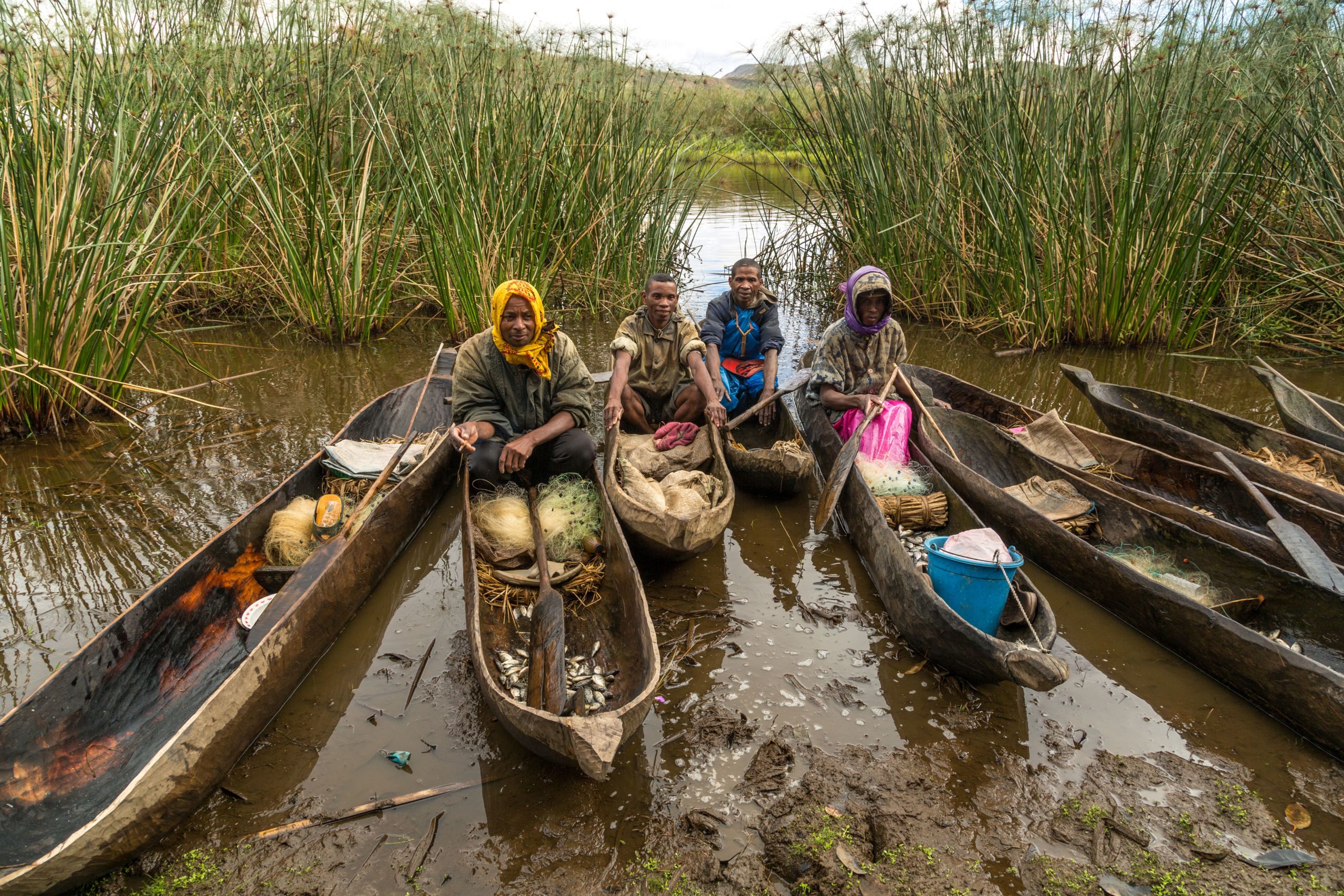


Niokolo-Koba National Park, World Heritage Site, 2580
Strategic documents at the protected area, national and regional levels (e.g. management plans, KBAs and key landscapes for conservation analysis).
All the actions developed through this project are ultimately aimed to strengthen on-site capacity of the Direction of National Parks (DPN), to conduct wildlife surveys in a scientifically sound manner and to establish an ecological monitoring system for better management of Niokolo Koba´s key wildlife and habitats. To achieve this, the project will develop the following activities:
Protected Areas of regional/global importance such Niokolo-Koba National Park generally have comprehensive monitoring programs which keep track of the health status and trends of key natural assets, permitting an early warning and the formulation of corrective measures should a specific species, biome or important habitat feature come under threat. All such mechanisms are currently lacking in Niokolo-Koba, and the park authorities depend on outside assistance to produce relevant updates on the status of key wildlife and habitat features. In the context of the BIOPAMA AC objective “to enhance the management and governance of priority areas by addressing existing limitations” the proposed project will strengthen the ability of the DPN to effectively (and eventually autonomously) manage the park ´s irreplaceable biodiversity assets by generating relevant and updated ecological information and by providing the DPN with the tools and the capacity for an appropriate, comprehensive, standardized and easily replicable park monitoring system, targeting all key wildlife species and habitat features .
Download the project infofiche.
Panthera Wildlife Trust Limited & Direction des Parcs Nationaux du Senegal (DPN)

